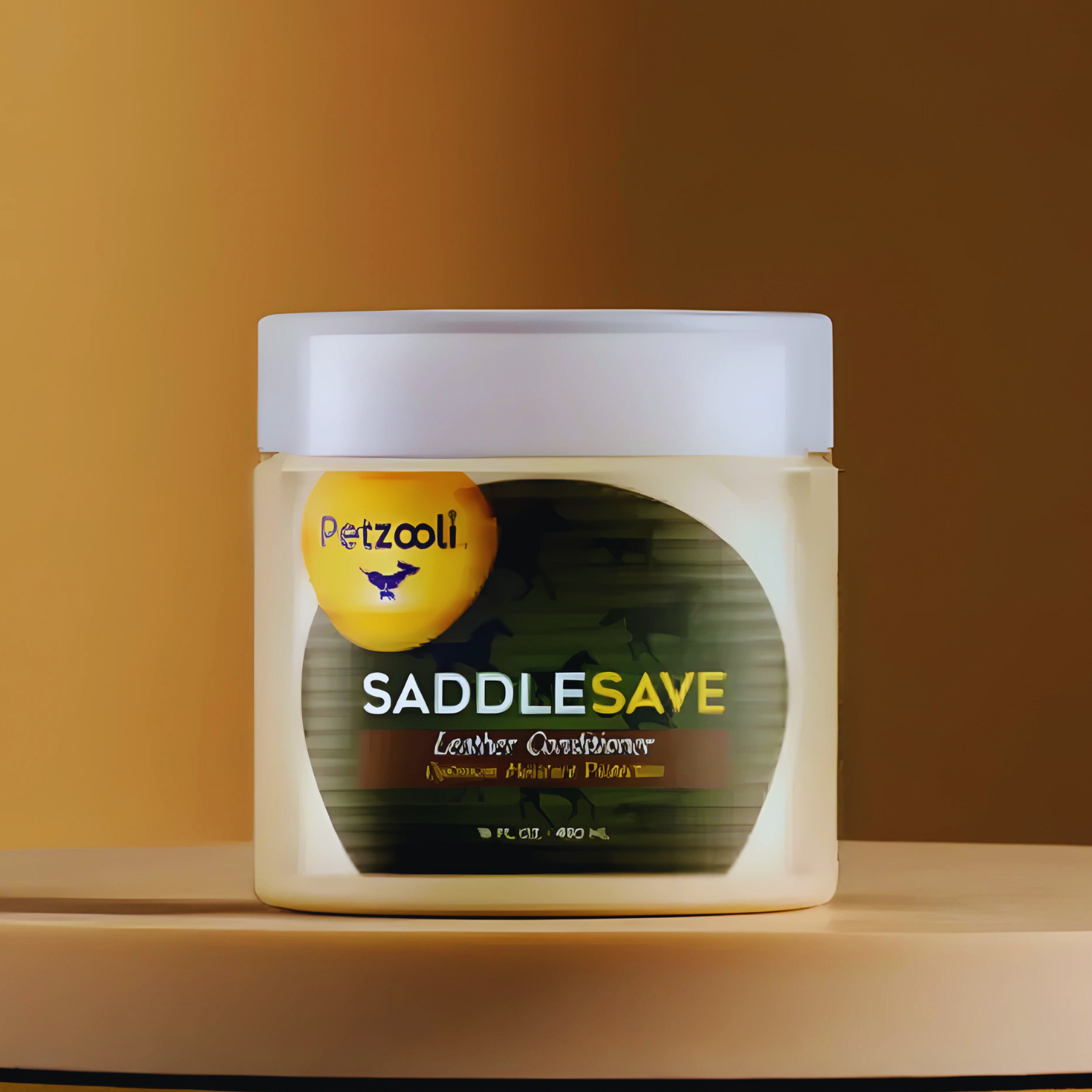
Where Should the Noseband Sit on a Horse for Ideal Fit?
Share
Understanding where should the noseband sit on a horse is crucial for both the horse's comfort and the rider's control. The noseband is an important component of a horses bridle, and its proper placement can significantly impact the horse's overall health and performance. Knowing how to position this piece is essential for health-conscious pet owners who prioritize the welfare of their equine companions.
The noseband serves various purposes, including stabilizing the bridle, preventing the horse from opening its mouth, and providing additional control. However, improper placement can lead to discomfort and behavioral issues, which is why it's imperative to ensure the noseband is fitted correctly.

Understanding the Basic Anatomy of the Horse's Head
Before diving into the specifics of placement, its essential to familiarize oneself with the basic anatomy of a horse's head. This knowledge aids in understanding where the various parts of the bridle, including the noseband, fit best. The horse's head consists of multiple anatomical features, such as the maxilla, mandible, and the nasal cavity. Placing the noseband effectively means considering all these anatomical aspects.

The Ideal Noseband Position
The general guideline regarding where should the noseband sit on a horse is just below the cheekbone and above the nostrils. Ideally, you should be able to place two fingers between the noseband and the horse's nose comfortably. This positioning allows for adequate pressure distribution without causing discomfort during rides.
Common Mistakes in Noseband Placement
Many riders make the mistake of placing the noseband too high or too low. If the noseband is too tight, it can cause pain and behavioral issues for the horse, while being too loose can lead to lack of control. A general tip is to always check your horse's behavior while riding. If you notice signs of distress or discomfort, reevaluating the fit may be necessary.
Selecting the Right Noseband Type
There are many types of nosebands available, including the cavesson, grackle, and drop nosebands. Each type comes with its own usage scenarios and ideal placements. For example, a cavesson is more appropriate for everyday hacking, while a drop noseband may serve better in competitive settings. Understanding the purpose of each type will guide you on where should the noseband sit on a horse.

How to Fit the Noseband Correctly
Heres a step-by-step guide on fitting the noseband:
- Start with a clean bridle and make sure your horse is calm.
- Place the noseband on the horses head, ensuring the bridle is undisturbed.
- Adjust the noseband until it sits just below the cheekbone, approximately one fingers width from the horse's nostrils.
- Make sure the noseband is snug but not too tight, allowing free movement.
- Double-check that no parts of the bridle are twisted.
Monitoring for Discomfort
Once fitted, regularly check for signs of discomfort. A horse showing signs such as throwing its head or being resistant to the bridle can mean that the noseband is improperly placed.

Importance of Regular Maintenance
Just like any other piece of equipment, your horse's bridle, including the noseband, requires regular maintenance. Cleanliness plays a significant role in your horse's comfort and health. Check for wear and tear and ensure that all components are functioning correctly. For tips on cleaning your bridle effectively, refer to our guide on cleaning horse gear.
Frequently Asked Questions
Why is the noseband placement important?
The noseband placement is essential for ensuring the horse's comfort and performance. Incorrect placement can lead to behavioral issues and discomfort.
What are the signs of an improperly fitted noseband?
Signs of improper fitting include head tossing, resistance when riding, and visible marks on your horses nose after using the bridle.
How often should I check my horse's bridle?
Its good practice to check your horses bridle, including the noseband, before every ride and clean it regularly to maintain quality.
As an Amazon Associate, I earn from qualifying purchases.
